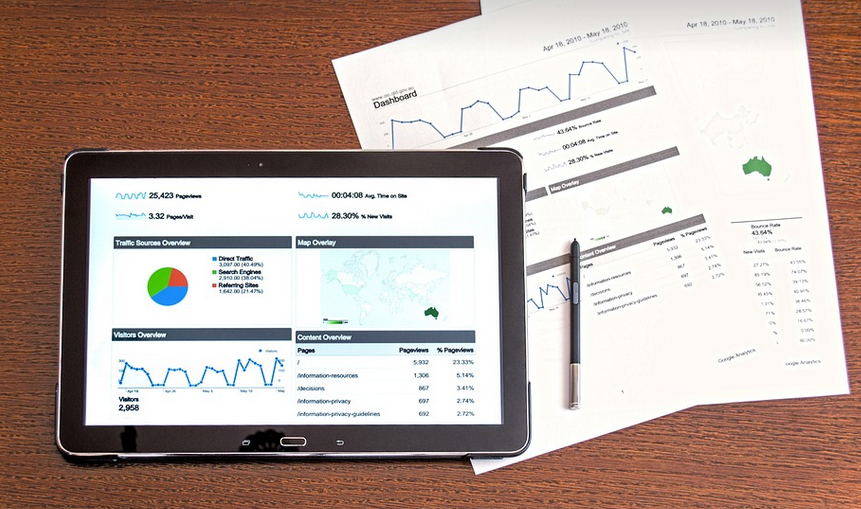The Rise of Plastic Bottles for Energy Drinks
We all know the feeling: a late-night study session, an exciting football game, or even a busy day at work. Sometimes, we need a little extra boost to keep going, and energy drinks are often our go-to choice. But have you ever stopped to think about the packaging of these fizzy powerhouses? Specifically, their plastic bottles.
For years, aluminum cans reigned supreme in the world of energy drinks. But a shift has been happening: more and more brands are opting for plastic bottles. And while there’s no one-size-fits-all answer to this change, understanding the reasons behind it is key to making informed choices.
The Case for Plastic Bottles
Let’s start with the practicalities: why move away from aluminum cans and embrace plastic bottles?
First and foremost, plastic bottles are significantly lighter than their aluminum counterparts. This translates to reduced transportation costs, making energy drinks more affordable for consumers and businesses alike. And who doesn’t appreciate a lighter bag at the grocery store or on a long drive?
Second, plastic bottles offer greater design flexibility. They allow for bolder branding, eye-catching designs, and creative labeling options that can capture attention.
But what about durability? Many plastic bottles are designed with multilayered construction and reinforced walls to withstand drops and bumps, making them robust enough for everyday use. They’re also generally less prone to dents or scratches compared to aluminum cans.
A Sustainable Perspective: The Green Side of Plastic
Of course, the shift toward plastic bottles is not just about convenience; it’s also about sustainability. As environmental awareness grows, there’s a growing emphasis on responsible packaging choices, and the use of plastic has come under scrutiny.
However, there’s a nuance to this conversation. While some argue that plastic bottles are inherently less sustainable than their aluminum counterparts due to their production and waste management challenges, others believe that proper recycling techniques can mitigate these negative effects.
Furthermore, advancements in the development of recyclable and biodegradable plastics offer more eco-friendly alternatives.
The Challenge of Recycling
A major concern with plastic bottles is their recycling rate. Plastic waste often ends up in landfills or gets improperly disposed of, adding to the growing problem of pollution. While improvements are being made, the journey for these plastics can be lengthy and complex.
The challenge lies in establishing a robust recycling infrastructure that makes it easy and cost-effective for consumers to recycle their plastic bottles. This includes ensuring efficient collection and sorting systems, along with accessible drop-off points and convenient processing facilities.
A Call for Awareness: Making the Right Choice
The choice between aluminum cans and plastic bottles is a complex one, influenced by practical considerations, sustainability goals, and individual preferences.
Consumers can play an active role in this transition by understanding the pros and cons of each packaging material. Look out for brands that prioritize sustainable practices, make recycling easier through initiatives like refill programs, and use eco-friendly materials where possible.


